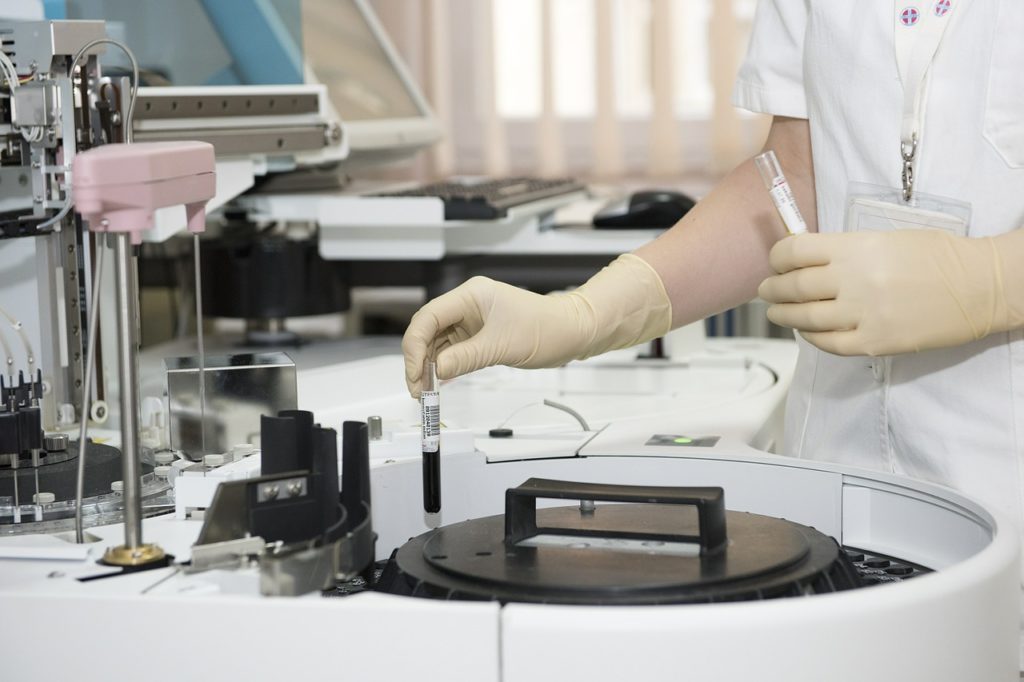Of the millions of diseases in the world, only a few seem to have a corresponding medication. One of the possible reasons is the length of time it takes to produce one. Studies have shown that pharmaceutical companies may need to allocate 10 years to create a viable drug in the market.
What are the factors that affect its timeframe? How can other actors like nonprofits help these businesses speed up the process?
Why Does It Take So Long to Produce a Drug?
It takes some time for pharmaceutical companies to produce a drug, and in some cases, some medications don’t see the light of day. It’s because many factors can impact the manufacturing and marketing process:
1. Cost
In his 2017 article in Forbes, Matthew Herper, a former staff covering healthcare, revealed that drug development estimates could vary. One research suggested it would cost a business at least $2.5 billion to produce. His studies placed the potential spending at $2 billion.
A study in JAMA Internal Medicine, meanwhile, said that companies spend around $648 million. Regardless, the amount is staggering, and for Herper, it boils down to a couple of reasons.
One, mounting clinical trials is horrendously expensive. This alone can already eat up at least $10 million of the budget. Some companies end up spending about $2 billion.
Second, there’s the opportunity cost. According to Herper, over 85% of drugs don’t reach the market usually because they are ineffective or unsafe.
2. Duration of Clinical Trials
 Before a pharmaceutical company can market a drug, it needs to go through clinical trials. Usually, there are four, in which in every phase, the number of participants increases. The researchers also consider two non-negotiable factors during testing, such as efficacy and safety.
Before a pharmaceutical company can market a drug, it needs to go through clinical trials. Usually, there are four, in which in every phase, the number of participants increases. The researchers also consider two non-negotiable factors during testing, such as efficacy and safety.
In general, the entire process can take five to seven years because:
• The company still needs to secure approval from the Food and Drug Administration to conduct the clinical trials.
• The researchers have to look for ideal candidates or participants. If there are only a few volunteers, the trial may be postponed, delayed, or even canceled.
• The team needs to observe the reactions of the participants to the drugs. It may take weeks or even months before they can gather results.
• The researchers then have to analyze the data, and this can take even more time.
• Clinical trials are expensive, so the business should secure enough capital first before they begin.
3. FDA Review
After the clinical trials are complete, the pharmaceutical companies then present a viable drug to the FDA, which shall evaluate whether it deserves to be in the market. A typical review lasts for 6 to 10 months.
It may be longer if the FDA sees any issue with the data presented. It may require the company to submit more information or documentation.
A pharmaceutical company may request a priority instead of a standard review. But the FDA grants it only when the clinical trials results reveal the medication will provide significant improvement or treatment on its intended patients.
How Can Nonprofits Help Hasten the Manufacturing Process?
While pharmaceutical companies cannot take a shortcut in manufacturing and marketing drugs, they can hasten the process by getting support from various stakeholders or actors. These include nonprofits.
According to a Milken Institute report, nonprofits can support risky drug research and prevent it from undergoing the “valley of death”—that is, a medication fails to launch. One example is the financial support provided by the Cystic Fibrosis Foundation to Vertex Pharmaceuticals, which created the drug Kalydeco.
But funding isn’t the only way that nonprofit organizations can assist pharmaceutical companies:
• Nonprofits can set up R&D facilities complete with tools such as a dissolution chemistry instrument. By expanding the labs, companies can already study new drugs through the discovery phase, which can last about three years, while existing ones are going through clinical trials.
• They can extend academic support. For instance, they can perform the initial research or the discovery phase.
• Nonprofits may provide space for additional offices or lend their expertise in exchange for royalties or intellectual property rights.
• Nonprofit organizations can act as intermediaries or liaisons between potential participants of the clinical trials and the research team. They can also connect pharmaceutical businesses to other funders and subject-matter experts.
Nonprofits and pharmaceutical companies may be two separate entities, but they often share a common goal: help serve a cause. They can rely on each other’s strengths to make sure excellent drugs become accessible to the public at the soonest time possible.



